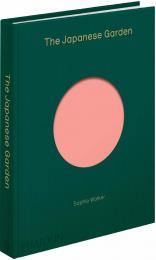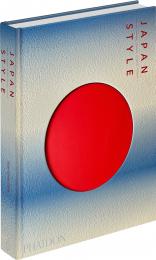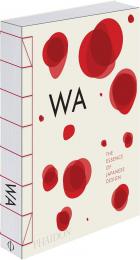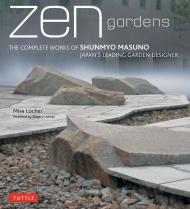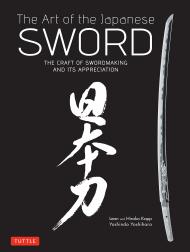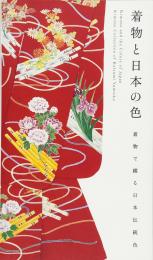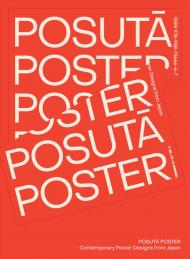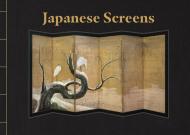In The Art of the Japanese Sword, master swordsmith Yoshindo Yoshihara offers a comprehensive view on the making, finishing and appreciation of Japanese blades.
The Japanese sword, a unique work of art in steel, can be appreciated from a number of viewpoints. Its functionality as a weapon, the sophisticated metallurgy and scientific thinking utilized by the swordsmith, the shape of the blade itself, and the different crystalline forms in the steel all contribute to the beauty of these remarkable weapons. The Art of the Japanese Sword conveys to the reader a basic background regarding the Japanese sword, as well as an explanation of how to view and appreciate a blade. It also illustrates the details of how a sword is made and finished today.
Modern craftsmen use completely traditional methods from the past to prepare their steel, forge the sword and create the unique hardened edge. By gaining a good understanding of how a sword is actually made, the reader will be able to appreciate the Japanese sword more fully.
Japanese sword art stands out in many ways: functionality as a weapon, sophisticated metallurgy and metalsmithing, the shape of the blade itself--all contribute to the beauty of these remarkable weapons. The Art of the Japanese Sword conveys to the reader Japanese samurai sword history and Japanese sword care, as well as explaining how to view and appreciate a blade.
With 256 full-color pages, this sword book illustrates in meticulous detail how modern craftsmen use traditional methods to prepare their steel, forge the sword and create the unique hardened edge. By gaining a good understanding of how a sword is made, the reader will be able to appreciate the samurai sword more fully. Topics include:
- Appreciating the Japanese sword
- History of the Japanese sword
- Traditional Japanese steelmaking
- Making the sword
- Finishing the sword
About the Authors:
Yoshindo Yoshihara is a third-generation swordsmith. His grandfather Kuniie began making swords in 1933 in Tokyo and was ranked among the top swordsmiths in Japan during his career. Yoshindo lives and works in Tokyo with his son, who represents the fourth generation of swordsmiths in the family. Yoshindo, who is always training young swordsmiths and currently has five apprentices working with him, has been named an Important Cultural Property of the city and prefecture of Tokyo and is a mukansa (top-ranked swordsmith) in Japan.
Leon Kapp, a molecular biologist, lives with his wife Hiroko in San Rafael, California. He has been seriously interested in Japanese swords for over twenty-five years and has spent a great deal of time learning about them from Yoshindo.
Hiroko Kapp is a writer for Senken Shimbun News of Tokyo and writes about fashion and the fashion industry in the US. She graduated from Musashi-no Art University in Tokyo. For twenty-five years, she was active in the apparel business and designed scarves for her own line in the US.
____________
Пролистать книгу The Art of the Japanese Sword: The Craft of Swordmaking and its Appreciation на Google Books.


